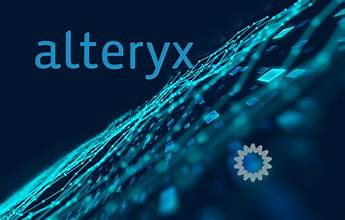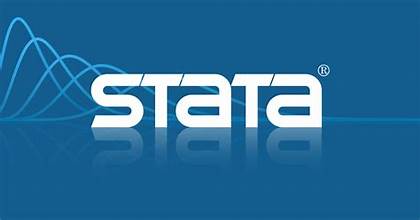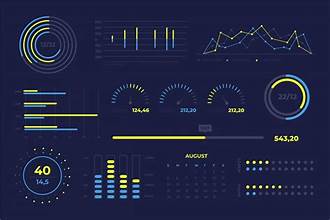Introduction
Alteryx Overview
- What is Alteryx?
- Alteryx features
Preparing the Development Environment
- Installing and configuring Alteryx
Input and Read
- Connecting data sources to Alteryx
- Importing data
- Using the input tool
Data Wrangling
- Using data preparation tools and parsing tools
- Working with joins and unions
Transformations
- Using various pivot methods
- Aggregating data
Layouts
- Reporting layouts
- Exporting reports
Summary and Conclusion
Introduction
Stata and Big Data
- What is Stata?
- Stata syntax and commands
Preparing the Development Environment
- Installing and configuring Stata
Datasets and Data
- Opening and cleaning datasets
- Compressing datasets
- Importing and exporting datasets
- Viewing, describing, and summarizing raw data
- Using tabulations and tables
- Working with distributional analysis
- Implementing variables for data manipulation
- Saving data
- Working with commands
Graphing in Stata
- Using plots, charts, and graphs
- Working with distributional analysis in graphing
- Styling and combining graphs
Statistics and Regression
- Using bivariate correlation and regression
- Working with OLS regression, logits, and probits
- Using interactive effects in regression models
Summary and Conclusion
Introduction
- Tableau Prep Builder as an ETL (Extract, Transform and Load) tool
Setting up Tableau Prep Builder
- Activating and Register Tableau Prep Builder
Overview of Tableau Prep Builder Features and Architecture
- Tableau Prep Builder and its relation to Tableau Desktop, Tableau Server and Tableau Prep Conductor
Navigating the Tableau Prep Builder Workspace
Connecting to Data Source
- Reading an Excel
- Reading from a database
Shaping Data
- Creating a Join
- Creating a Union
Pivoting Data
Cleaning Data
- What is dirty data?
- Changing the data type
- Filtering data
- Aggregating data
- Updating multiple values at once
Running a Flow
- Building a flow
- Refreshing a flow
- Running a flow from the command line
Outputing Data to Tableau Desktop
Publishing Data
- Packaging a Prep Builder data flow into an extract
- Publishing a flow with Prep Conductor
Best Practices
Troubleshooting
Introduction
Qlik Sense at a Glance
- What is Qlik Sense?
- Qlik Sense multi-cloud architecture
- The associative engine and AI
Preparing the Development Environment
- Installing and configuring Qlik Sense Desktop
- Navigating the interface
Qlik Sense Quick Start
- Creating a chart
- Building a dashboard
- Customizing Qlik
- Working with data sources
- Managing Qlik Sense sheets
- Creating pivottables and reports
- Sorting and filtering data
Qlik Sense Scripting
- Using data load editor
- Connecting, extracting, and loading data
- Working with tables
- Debugging scripts
Synthetic Keys and Flat Files
- Working with synthetic keys
- loading tables
- Importing data
- Adding flat files
Data Model Optimization
- Creating QVD files
- Optimizing QVD load







